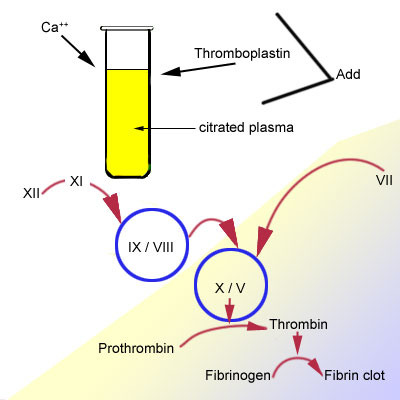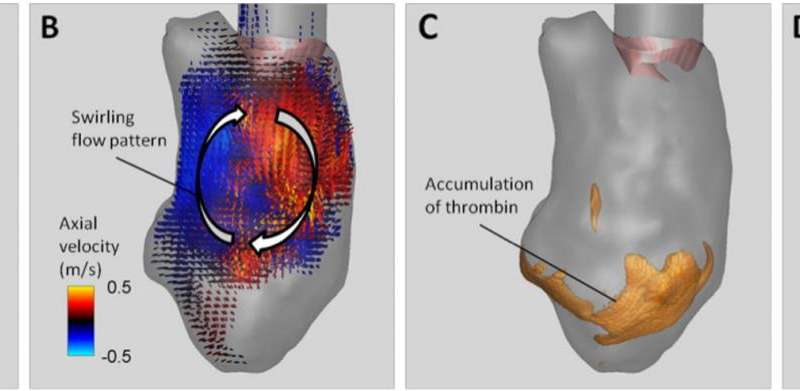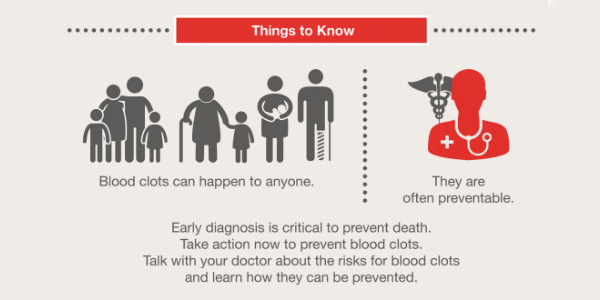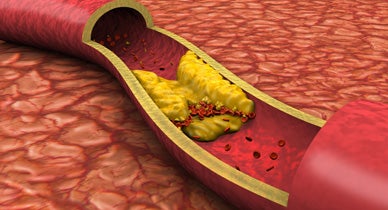What is the inr. Blood clotting or coagulation is an important process that prevents excessive bleeding when a blood vessel is injured.

Blood Clot Leg Lungs Symptoms Causes And Treatment
Blood clotting in body measurement. Devised in 1983 the inr provides a standardised method of reporting the effects of an oral anticoagulant such as warfarin on blood clotting. 910111213 however the recent availability of integrated circuit complex impedance measuring devices means that the blood clotting time measurement instrument can be miniaturized. Typically your body will naturally dissolve the blood clot after the injury has healed. Consequently blood coagulation parameters including clotting times and stiffness are related to the velocity of the mechanical wave and the shear modulus of clotting blood xu et al 2016. Webmd explains how the blood clots for better and worse. Platelets a type of blood cell and proteins in your plasma the liquid part of blood work together to stop the bleeding by forming a clot over the injury.
Blood clotting is one of the bodys natural responses to injury. Blood clots in vital organs can lead to severe breathing problems heart attacks stroke and also disrupt treatment by clogging cathethers used for iv blood tests or kidney dialysis. It occurs when a volume of blood changes to a semi solid state in order to prevent excessive blood loss. Blood clots stop bleeding but they can also form in the body when theyre not needed and lead to stroke or heart attack. If the time taken is longer than for a normal blood sample this means one or more clotting factors are absent or low. The international normalised ratio inr is a laboratory measurement of how long it takes blood to form a clotit is used to determine the effects of oral anticoagulants on the clotting system.
Testing can help assess your risk of excessive bleeding or developing clots. Consequently laboratory measurements of blood coagulation represent only a close approximation of the bodys hemostatic system. High sensitivity of refractive index measurement thanks to spr in plasmonic metal particles facilitates the detection of cell adhesion at the interface as low as 7 ng mass changes hansson et al 2007. These tests measure the time it takes for a blood clot to form after certain activating chemicals are added to the blood sample. Clinicians frequently order coagulation tests such as the prothrombin time pt activated partial thromboplastin time aptt and thrombin time tt to assess blood clotting function in patients. Coagulation tests measure your bloods ability to clot and how long it takes.
The correlation of blood clotting with impedance changes has long been established in the literature.


















